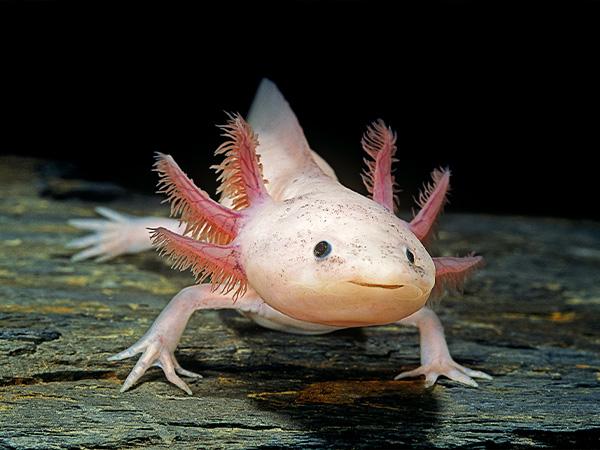
Grade:
Topic:
Unit:


In this lesson mini, students explore amphibians and their unique traits, such as specialized tongues and camouflage. Students engage in a variety of activities, including sorting exercises, craft projects, and camouflage games, designed to enhance their vocabulary, observational skills, and content knowledge.

Minutes
Minutes
Minutes
Minutes

Level-up current events into dynamic learning!